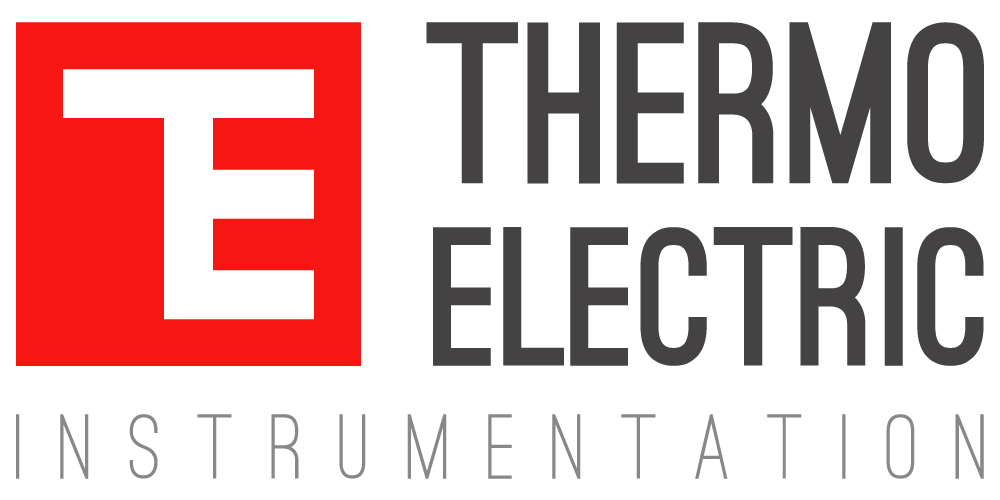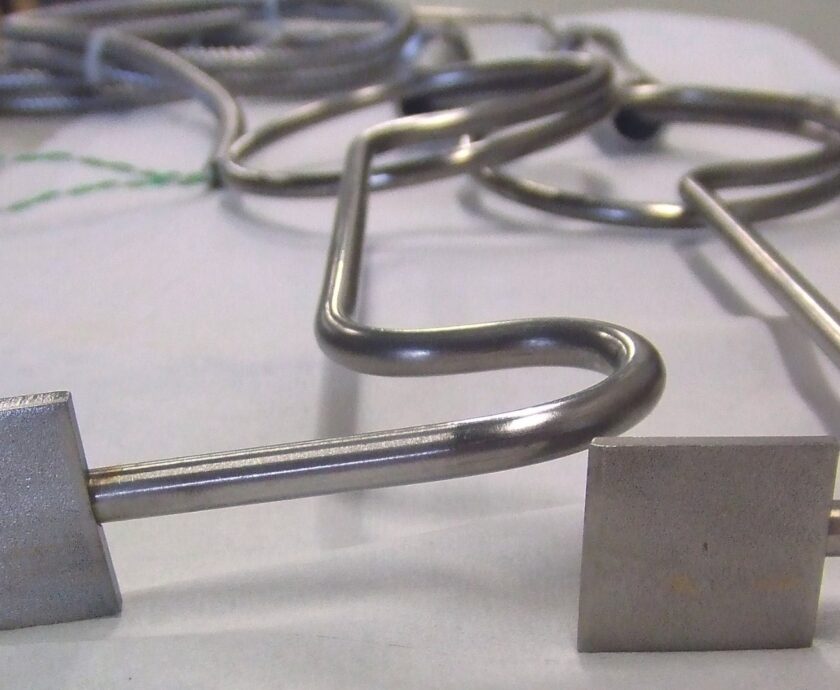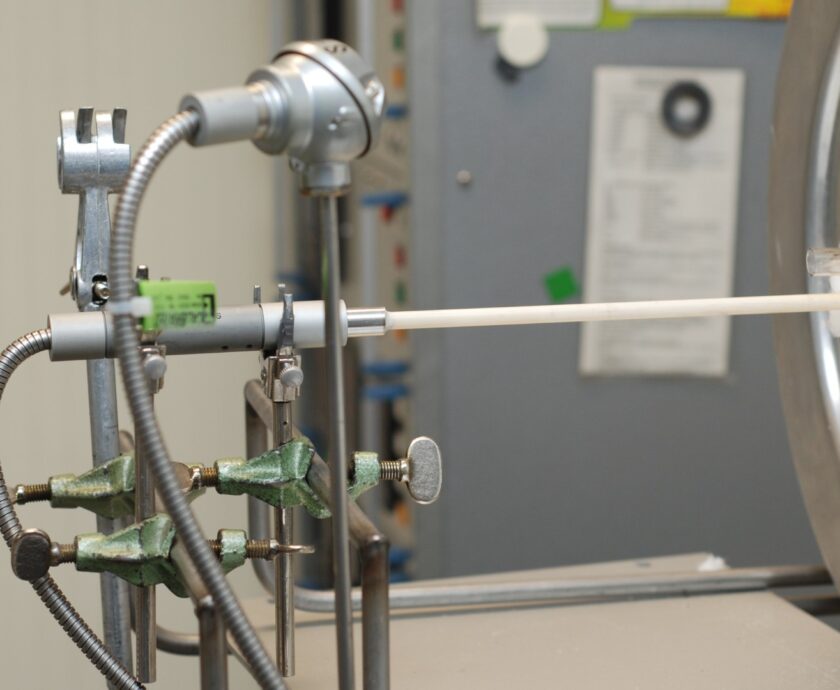Thermocouples are among the most widely used temperature sensors in industrial and scientific applications, primarily due to their wide temperature range, durability, and ease of use. However, not all thermocouples deliver the same level of precision. To help users select the right sensor for their needs, the IEC 60584‑1 standard defines “accuracy classes”—commonly Class 1, Class 2, and (for some types) Class 3—that specify allowable tolerances over a given temperature range.
What Is an Accuracy Class?
An accuracy class sets the maximum permissible error a thermocouple can exhibit within its calibrated range. Importantly, each class defines a combined tolerance framework:
- Fixed minimum tolerance (in degrees Celsius): This provides a non-zero allowable error even at very low temperatures, particularly around 0 °C, where a purely proportional error would otherwise imply unrealistic zero error.
- Slope-dependent tolerance (as a fraction of the measured temperature): This sets an error bound that increases linearly with temperature.
The actual permissible error at any temperature point is defined as the greater of these two values, ensuring full coverage across the temperature span.
Common Thermocouple Types and Their Tolerances
The following summarizes IEC 60584-1 tolerances for three popular thermocouple types: K (chromel-alumel), J (iron-constantan), and T (copper-constantan).
| Type | Class 1 | Class 2 | Class 3* |
| K | Class 1: ±1.5 °C or ±0.004|t| (whichever greater) | Class 2: ±2.5 °C or ±0.0075|t| (whichever greater) | Class 3: ±4.0 °C or ±0.010|t| (whichever greater) |
| J | Class 1: ±1.5 °C or ±0.004|t| (whichever greater) | Class 2: ±2.5 °C or ±0.0075|t| (whichever greater) | Class 3: ±4.0 °C or ±0.010|t| (whichever greater) |
| T | Class 1: ±1.0 °C or ±0.004|t| (whichever greater) | Class 2: ±1.5 °C or ±0.0075|t| (whichever greater) | Class 3: ±2.5 °C or ±0.010|t| (whichever greater) |
Notes:
- |t| denotes the absolute value of the temperature in °C.
- Class 3 is particularly intended for cryogenic applications (approximately -200 °C to +40 °C).
Special Considerations for Class 3
- Cryogenic Service: Class 3 is primarily used for low-temperature cryogenic services.
- Manufacturing Challenge: Base metal thermocouple materials may not meet Class 3 tolerances for temperatures below −40 °C without specific selection processes. Therefore, explicit ordering and material selection are needed if Class 3 compliance is required.
- Compatibility Issues: For Type T thermocouples, it is often impractical for a single material batch to meet both Class 2 and Class 3 tolerances across the full range. Reduction in the range of validity might be necessary.
- Cost: Due to the difficulty in manufacturing Class 3-compliant thermocouples, they are often more expensive, not cheaper, than Class 1 or Class 2 thermocouples.
Choosing Between Class 1, Class 2, and Class 3
Class 1
- Tightest tolerances: Suitable for applications demanding high repeatability, minimal drift, and accurate temperature measurements.
- Typical uses: Calibration laboratories, aerospace testing, precision metallurgy, semiconductor manufacturing.
Class 2
- Moderate tolerances: Balances acceptable accuracy with reduced cost compared to Class 1.
- Typical uses: Industrial process control, food industry temperature monitoring, HVAC systems.
- Typical accuracy: Generally tolerances around ±2.5 °C or ±0.0075|t|, sufficient for most general-purpose industrial needs.
Class 3
- Narrow application: Cryogenic temperature measurements where extreme low temperatures must be measured accurately.
- Typical uses: Cryogenic storage, liquefied gas handling, specialized scientific research.
- Cost: Higher due to material selection challenges and stringent quality requirements.
Why Precision Matters
Choosing the right accuracy class affects:
- Cross-Probe Consistency: High-grade thermocouples (Class 1) exhibit smaller variations between probes, reducing calibration workload.
- System Accuracy: In multi-point measurements, cumulative error stays lower when sensors have tighter individual tolerances.
- Process Outcomes: In critical industries, small deviations can result in product failure, regulatory non-compliance, or safety risks.
Practical Considerations When Selecting Thermocouples
- Operating Range: Ensure your thermocouple type matches your intended temperature window.
- Environmental Factors: High vibration, aggressive atmospheres, and frequent thermal cycling can degrade sensor accuracy over time; protective sheaths and thermowells can help.
- Budget vs. Precision: Weigh the cost of tighter tolerance (especially for Class 1 and Class 3) against the precision needs of your application.
Wrapping Up
Thermocouple accuracy classes—defined by IEC 60584-1—offer a structured way to align sensor performance with application needs. Understanding the real-world implications of Class 1, Class 2, and Class 3 tolerances ensures that you select the right probe to balance cost, accuracy, and operational reliability.
Ready to choose the right thermocouple for your project? Contact our technical team today to discuss your temperature measurement needs and explore our full range of calibrated sensors.




